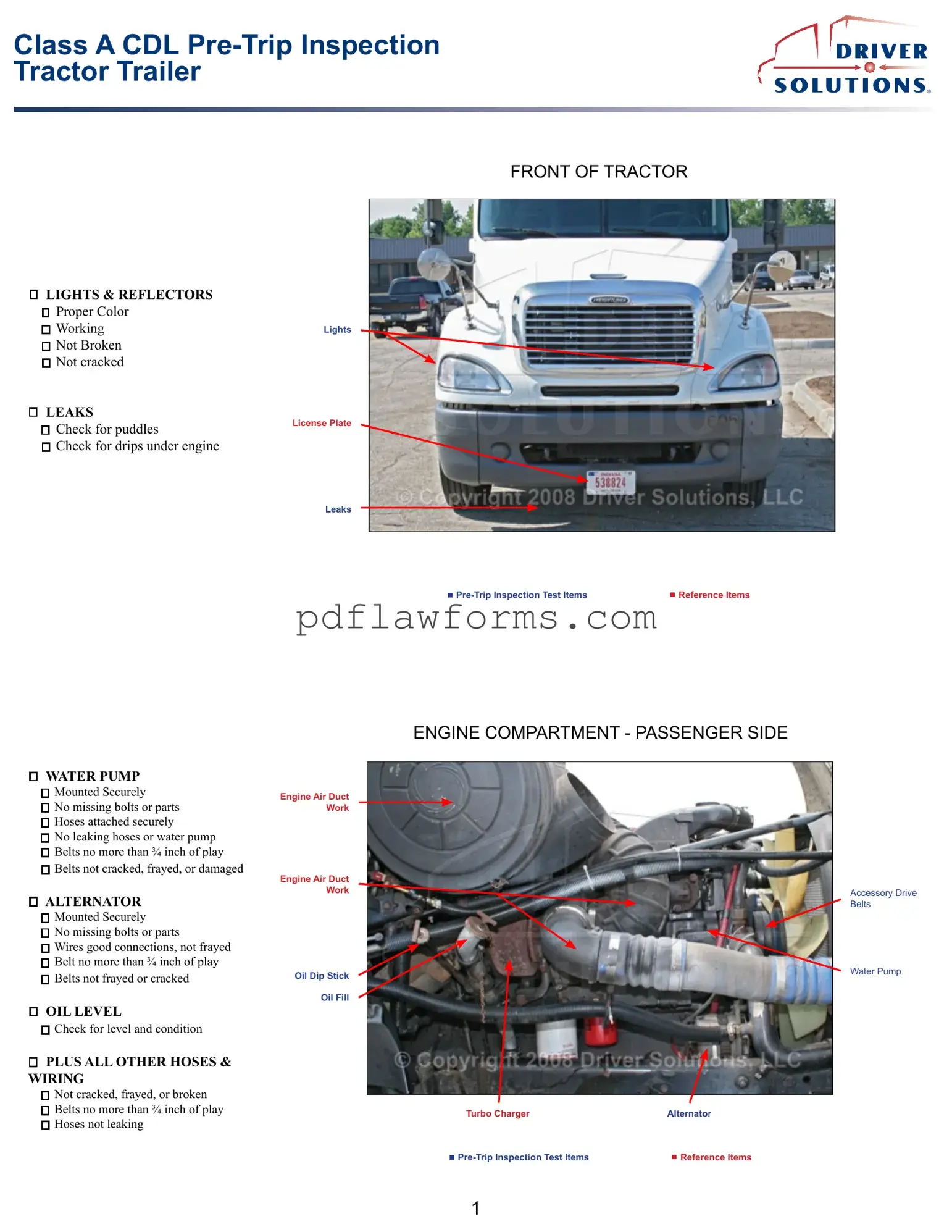Fill Your Pre Trip Inspection Checklist Template
The Pre Trip Inspection Checklist form is a vital document used by drivers to ensure that their vehicles are safe and roadworthy before embarking on a journey. This checklist helps identify any potential issues that could affect vehicle performance or safety. By diligently completing this form, drivers can contribute to safer roads and more efficient travel.
To ensure your vehicle is ready for the road, fill out the Pre Trip Inspection Checklist by clicking the button below.
Make My Document Online
